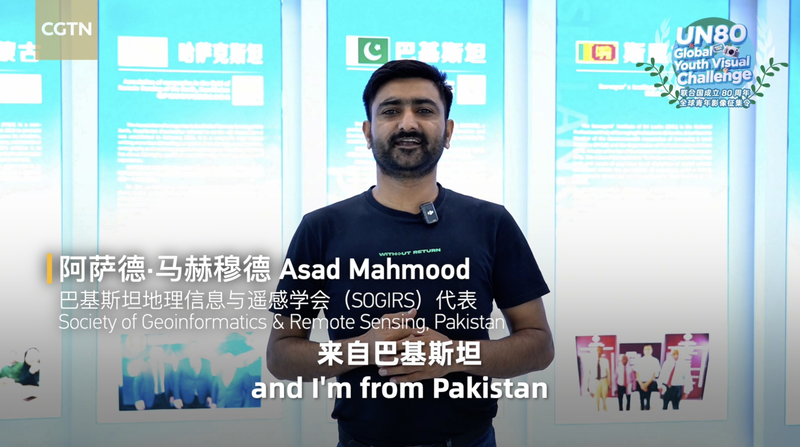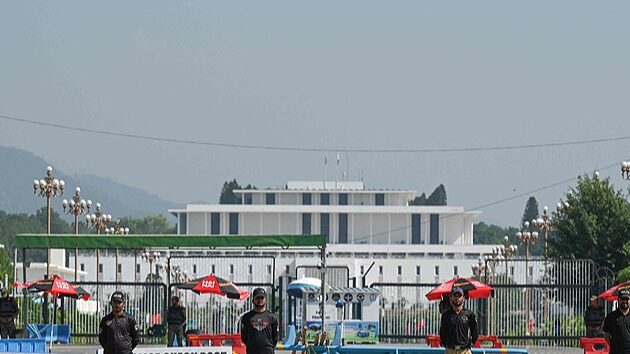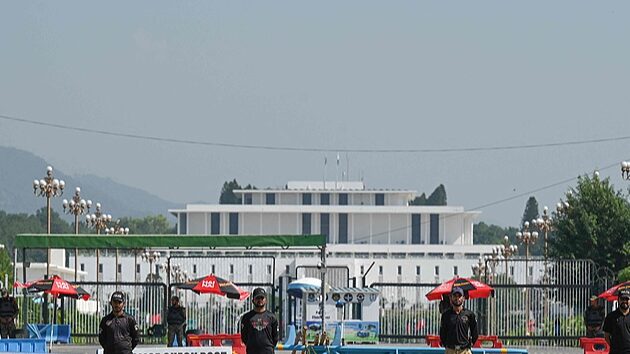China is accelerating its industrial modernization by merging traditional manufacturing with cutting-edge technologies like artificial intelligence (AI), the Internet of Things (IoT), and robotics, according to Asad Mahmood, a representative of the Pakistan-based Society of Geoinformatics and Remote Sensing (SOGIRS). This strategic integration aims to enhance sustainable development while redefining global production networks through open collaboration.
Mahmood highlighted that China’s approach fosters cross-border partnerships, enabling nations like Pakistan to leverage shared expertise in geospatial analytics and automation. "The synergy between China’s industrial capabilities and emerging technologies creates ripple effects across Asia’s economic landscape," he noted, emphasizing the potential for cost-efficient supply chains and greener manufacturing practices.
The shift aligns with broader efforts to address climate challenges, with AI-driven energy optimization and IoT-enabled resource management gaining traction in sectors such as automotive, electronics, and renewable energy. Analysts suggest this transformation could position China as a hub for next-generation industrial solutions, attracting investors eyeing Asia’s $5 trillion tech-integrated manufacturing market.
Meanwhile, collaborative projects with countries in Southeast Asia and the Middle East are expanding access to smart infrastructure, offering new opportunities for businesses and researchers alike. As global value chains evolve, stakeholders anticipate increased regional connectivity and innovation-driven growth.
Reference(s):
Industrial innovation reshapes value chain through open collaboration
cgtn.com








